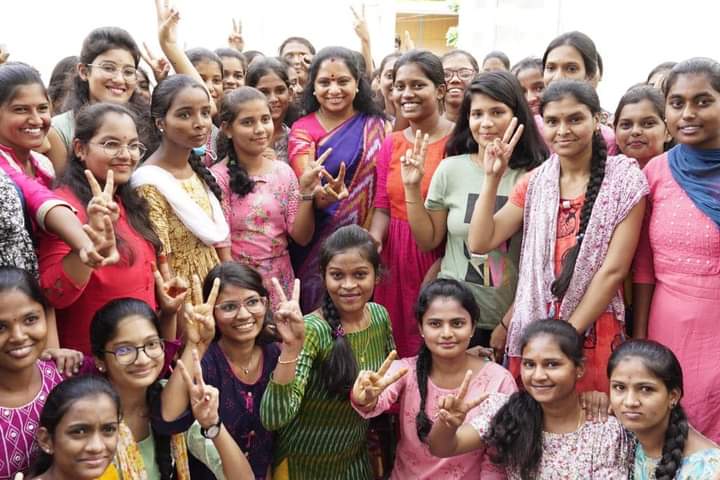Lok Sabha has passed the historic Women’s Reservation Bill. 454 members voted in favor of the bill and two members voted against it.
Let’s see the highlights of the Women’s Reservation Bill.
What does the Women’s Reservation Bill say?
The bill says that one-third of the seats in the Lok Sabha, state assemblies and the Delhi Assembly will be reserved for women. That means, out of 543 Lok Sabha seats, 181 seats will be reserved for women.
Seats are not reserved in other small union territories like Puducherry.
What will happen to SC, ST reserved seats?
Currently there are seats reserved for Scheduled Castes (SC) and Scheduled Tribes (ST) in Lok Sabha and State Assemblies. One third of the reserved seats in SC, ST quota will be reserved for women.
At present 131 seats are reserved for SCs and STs. Out of these, about 43 seats will be allotted to women.
These 43 seats are also counted as part of the total seats reserved for women in the House.
That means, out of 181 seats reserved for women, 138 seats are available for general category women.
However, all these calculations are based on the number of seats currently available in the Lok Sabha. The number of seats will be changed after the delimitation.
When will this law come into effect?
Delimitation is the process of determining the boundaries of constituencies according to population.
After the delimitation, women’s reservation can come into effect.
Implementation of these reservations may not be possible before the 2029 general elections.
Also read: Women’s Reservation Bill time line




